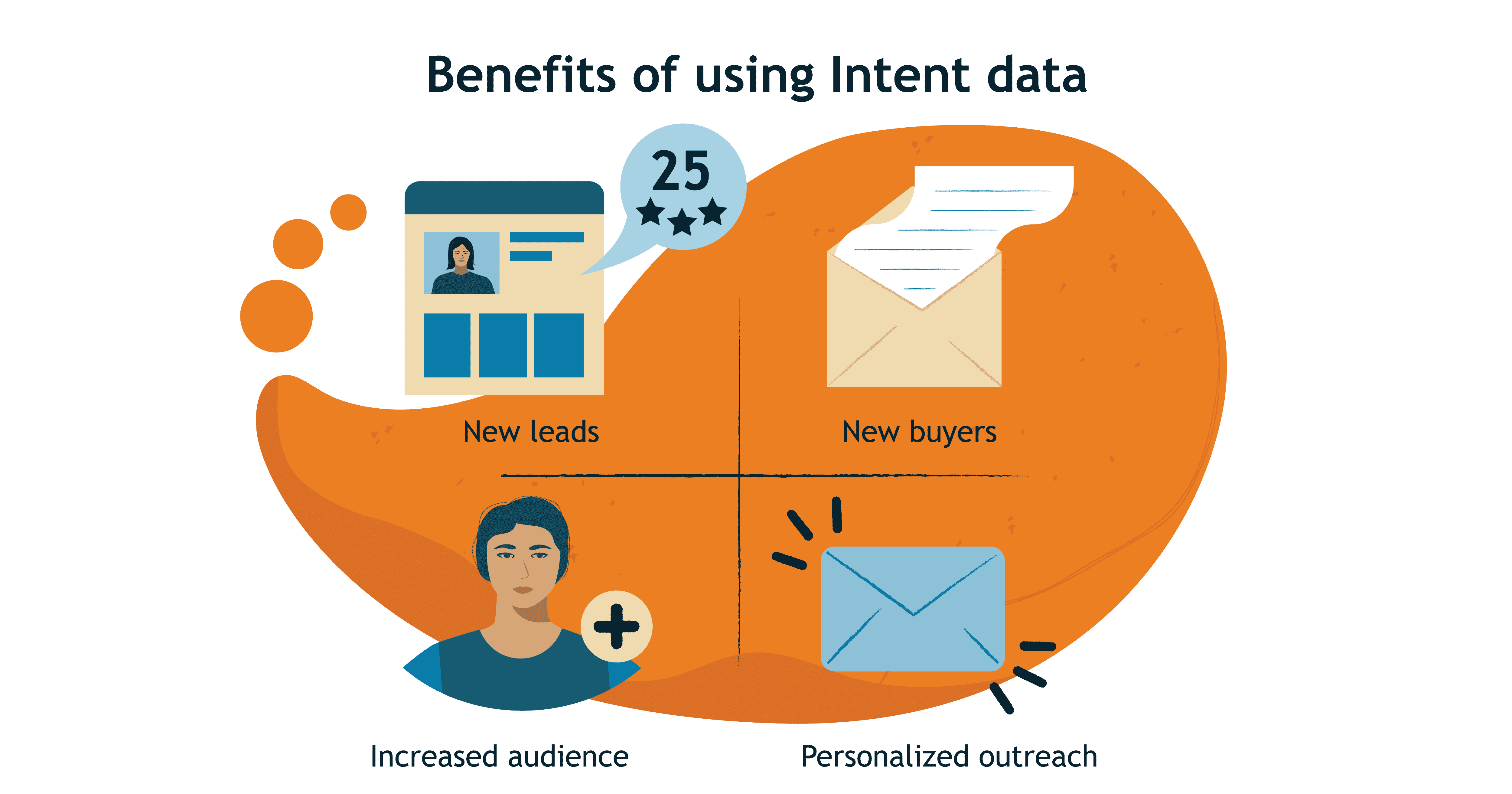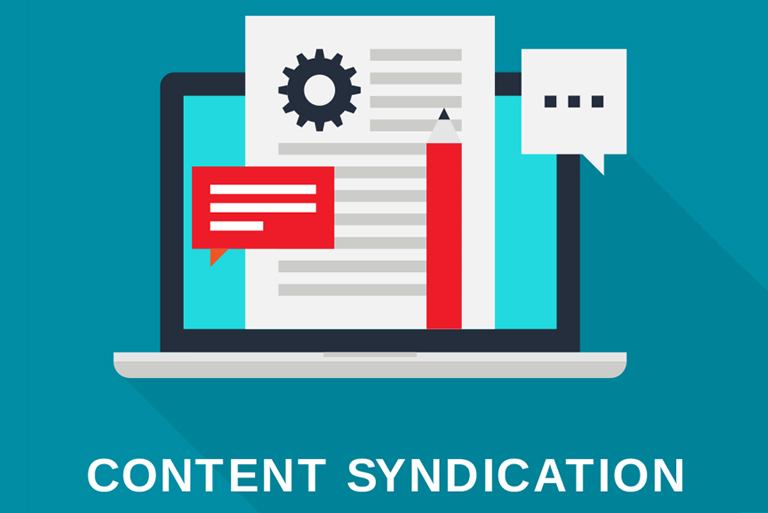In the ever-evolving landscape of B2B lead generation, harnessing the power of AI with an intent-based approach is proving to be a game-changer. This methodology involves understanding and interpreting the signals indicating a potential buyer’s intent, allowing businesses to tailor their strategies for maximum impact.
Understanding Intent:
Identify buyer intent through AI analysis, gauging online behavior, and deciphering explicit signals.
Targeted Content Creation:
Craft content aligning with identified intent, addressing pain points, and providing solutions proactively.
Personalized Engagement:
Tailor communication based on intent signals enhances relevance and fosters deeper connections with prospects.
Real-time Responses:
Use AI for instant responses aligned with prospect intent, capturing attention during critical decision moments.
Predictive Analytics:
Leverage predictive models to forecast intent, enabling proactive measures for engaging potential leads effectively.
Intent-Based Segmentation:
Categorize leads by intent, enabling a more focused approach and personalized interactions for better conversion chances.
Continuous Monitoring:
Employ AI tools to monitor and adapt to changing intent signals, ensuring ongoing relevance in communications.
Automated Intent Scoring:
Implement AI-driven scoring systems to evaluate intent strength, prioritizing high-intent leads for immediate attention.
Intent-Driven Nurturing:
Align nurturing strategies with identified intent, guiding leads through the funnel with contextually relevant content.
Dynamic Campaign Optimization:
Optimize marketing campaigns dynamically based on evolving intent data, ensuring responsiveness to shifting prospect needs.
Intent Feedback Loop:
Establish a feedback loop with sales teams, integrating insights into intent data to refine strategies continuously.
Multi-Channel Integration:
Extend intent-based approach across various channels, creating a cohesive experience for leads in their preferred platforms.
AI-Enhanced Predictions:
Use AI algorithms to refine predictions, uncovering subtle intent signals for more accurate lead potential assessment.
Intent-Driven Retargeting:
Implement retargeting strategies aligned with prospect intent, reinforcing key messages for stronger brand recall.
Intent Analytics for Optimization:
Use analytics derived from intent data to optimize campaigns, ensuring resources are directed toward the most promising leads.
Conclusion:
The intent-based approach powered by AI revolutionizes B2B lead generation by providing a nuanced understanding of prospects’ needs. From targeted content creation to dynamic campaign optimization, this strategy ensures that businesses engage with potential leads in a personalized and timely manner. By embracing continuous monitoring and feedback loops, companies can adapt swiftly to changing intent signals, staying at the forefront of the competitive landscape. With AI-driven insights, businesses can unlock the full potential of their leads, maximizing conversion opportunities and building lasting customer relationships.





